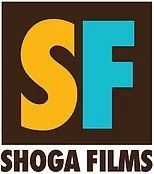The Unlikely Resurrection of “Smoke, Lilies and Jade”

Through the offices of the white scholar and collector of Harlem Renaissance texts Thomas Wirth, Fire!! was published as a textual facsimile in 1982. One year later, “Smoke, Lilies and Jade” had its first anthologization in a gay collection, Black Men/White Men, put out by Black and White Men Together and edited by the group’s white founder, Michael Smith. This was embarrassing. Apparently “Smoke, Lilies and Jade” gained its earliest recognition from white men who were sexually attracted to Black men. It had to be discovered by other communities before it could make its way into the world.
In 1986 Black queer editor Joseph Beam promoted Nugent as a literary forefather by publishing a then-contemporary interview in his groundbreaking anthology of Black queer writing,
In the Life. It wasn’t surprising that the Black queer community was an early champion. Black activist and writer Colin Robinson discussed it in his inaugural edition of the first serial devoted to Black queer subjects,
Other Countries (1987). It continued circulating in Black queer circles and received a significant boost in queer cred when, in 1989, the Black British artist Isaac Julien appropriated some its prose for the narration of the early queer art film
Looking for Langston.
In the 90s, the burgeoning field of gay and lesbian studies swept “Smoke, Liles and Jade” into its fold, beginning with a reprint of the story in a 1991 issue of
The James White Review. This early republication was followed up much later by the story’s canonization in The Columbia Anthology and Gay and Lesbian Literature (1998) and
The Encyclopedia of Lesbian and Gay Histories and Cultures (2000).
The 90s also saw the resurrection of The Harlem Renaissance as a literary movement. The
Harlem Renaissance Reader (1994) by historian David Leavering Lewis and
Voices of the Harlem Renaissance (1995) by professor Nathan Huggins, both of whom had written definitive books about the Harlem Renaissance, were published one year apart. Inclusion of “Smoke, Lilies and Jade” was now
de rigeur.
As the Black queer community gained in definition and visibility, essay collections (The Greatest Taboo - 2001) and more far reaching literary anthologies (Black Like Us - 2002;
Ebony Rising - 2004) hit the bookstores.
2002 proved to be a banner year for Nugent’s creation. New York’s Public Theater commissioned Black queer playwright Carl Rux to write a play,
Smoke, Lilies and Jade, using Nugent’s prose and characters in a revisioning of the piece. Most notably, Thomas Wirth, now Nugent’s literary executor, published the artist’s collection of writing and visual art under the title
Gay Rebel of the Harlem Renaissance. Nugent’s slender oeuvre was now available for perusal and analysis.
But the movies, as usual, brought about the greatest awareness of the man and his story. In 2004 Black queer filmmaker Rodney Evans finally finished his feature-length narrative, eight years in the making, and put it on the film festival circuit.
Brother to Brother proved to be an indie film barn burner. It won best feature awards at numerous LGBT film festivals and received a Special Jury award at Sundance. By stretching the definition of “documentary” to the breaking point, the PBS series
Independent Lens broadcast it to a nationwide audience.
Yet the documentary categorization was not out of line. Evans was painstaking in his research and accurately portrayed the stories and characters of the queer Harlem Renaissance, practically unknown at the time of the film’s release. Nugent is positioned as the connecting link between the Harlem Renaissance and post-Stonewall generation of Black queers, and part of what captivates and validates the young protagonist struggling with the familiar catastrophes of familial rejection, homophobia, and fetishization by white sex partners, is his discovery of “Smoke, Lilies and Jade.”
The cat was out of the bag. In 2006 queer Black dancer Zane Booker founded the Smoke, Lilies and Jade Arts Initiative as a multimedia theater dance company in Philadelphia. The story was cited and analyzed in numerous academic books and articles, assigned for reading in countless university courses, lauded, adapted, idolized, transmuted into a cultural touchstone. No Black queer artist or intellectual could be raised in ignorance of its existence, whether they had actually read it or not.
And yet . . . I would venture that the majority of the non-Black LGBT population does not know that the FIRST positive description of same-sex desire in American letters came out of the Harlem Renaissance. And I wouldn’t be surprised if the majority of literature students, when asked that very question, couldn’t come up with the answer. If true, the reason doesn’t require much of an imaginative stretch. The Harlem Renaissance is Black; historical LGBT writing is white. “Smoke, Lilies and Jade” screws up the binary.
Richard Bruce Nugent would have laughed at that. “You did what you wanted to do. Nobody was in the closet. There was no closet.”
Recent Posts
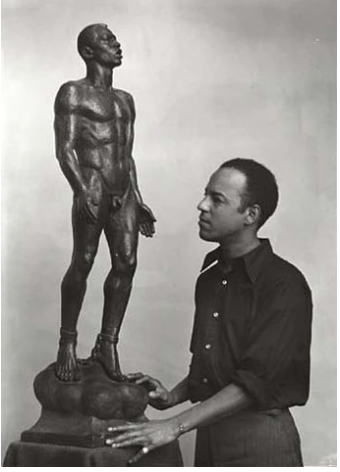
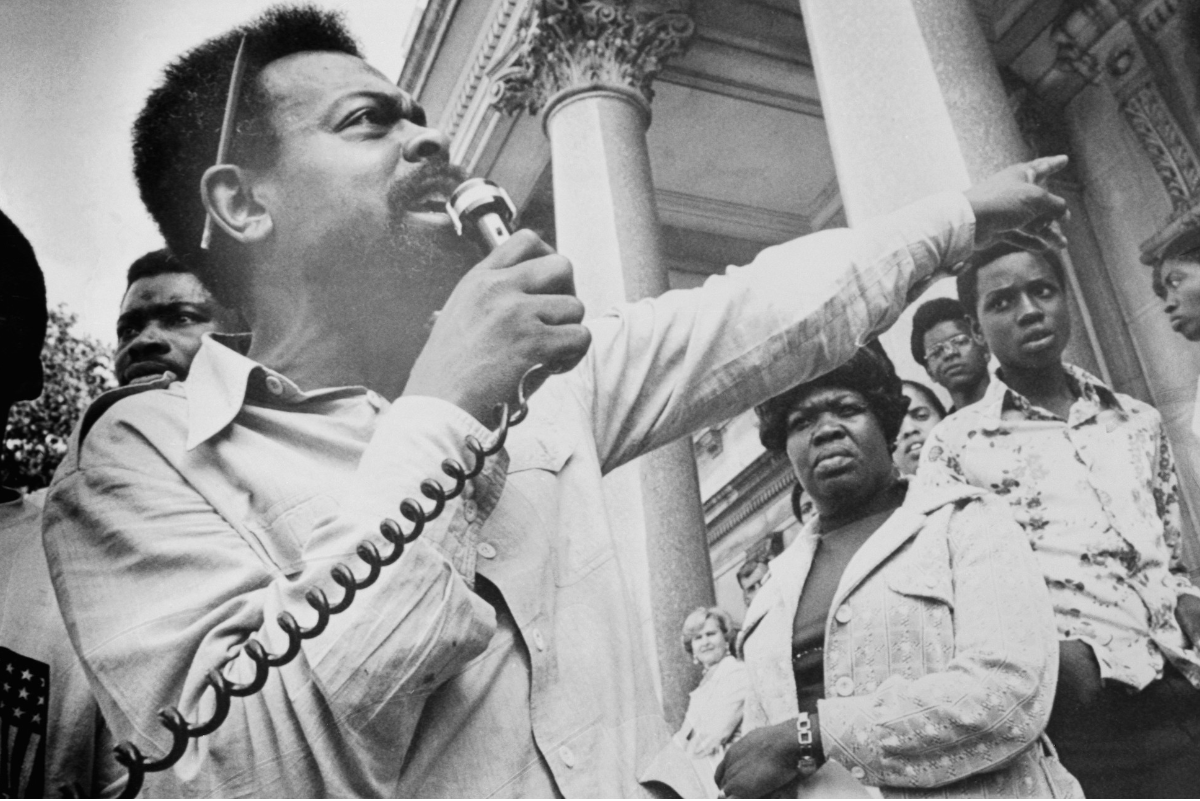
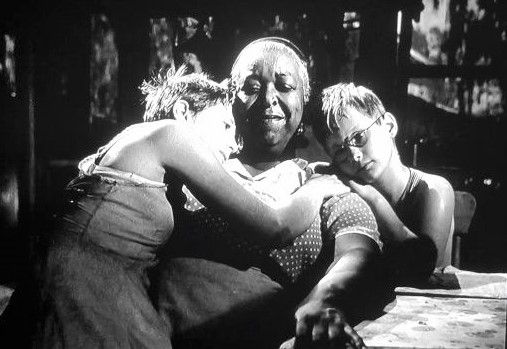
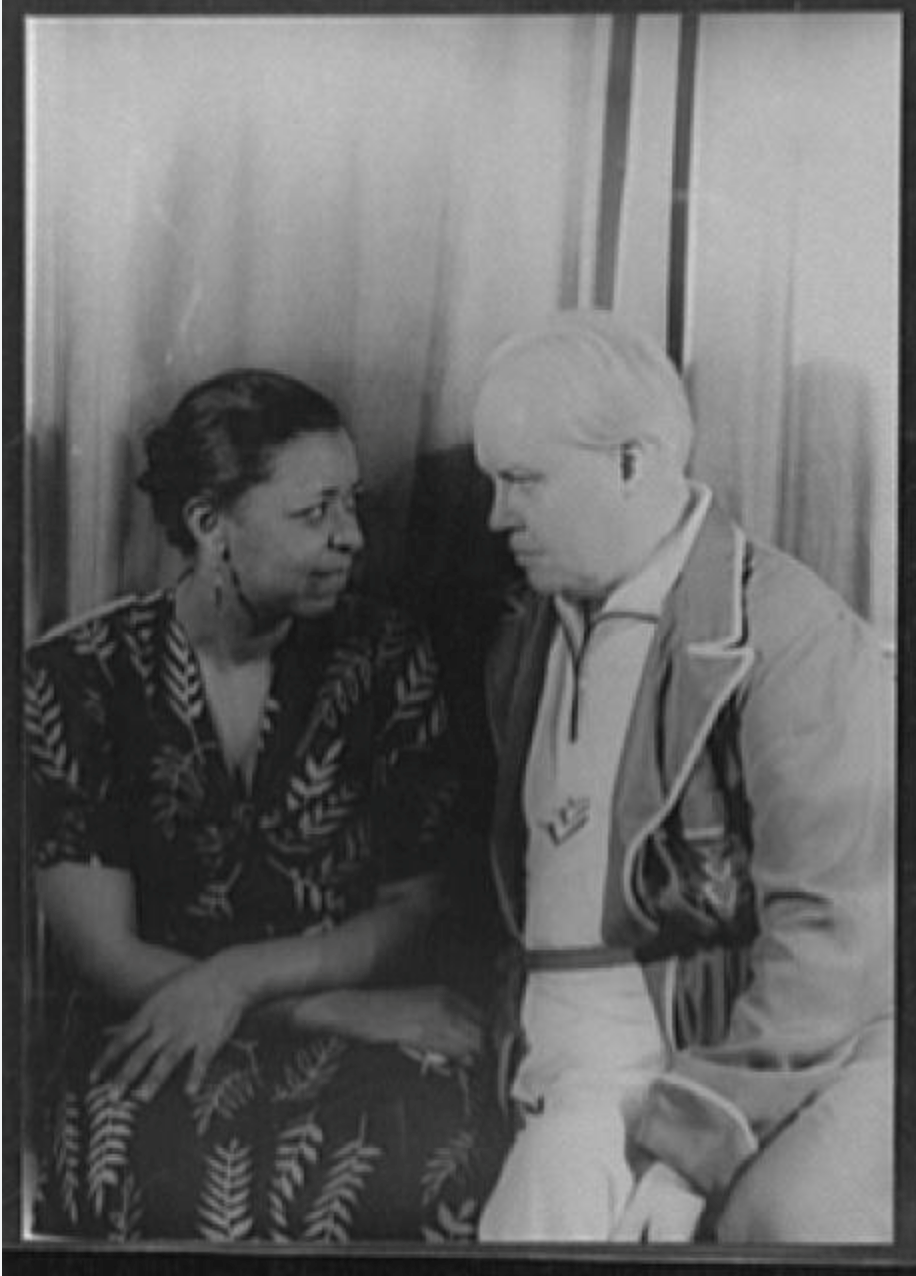
SHOGA FILMS is a 501(c) (3) non-profit production and education company. We create multimedia works around race and sexuality that are intended to raise awareness and foster critical discussion.
Contact Us
All Rights Reserved | Shoga Films
Stay Connected
Thanks for subscribing!
Please try again later.

